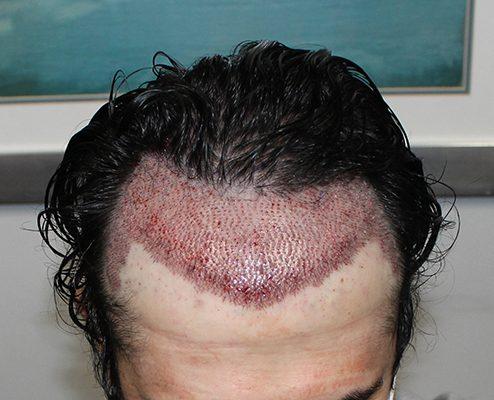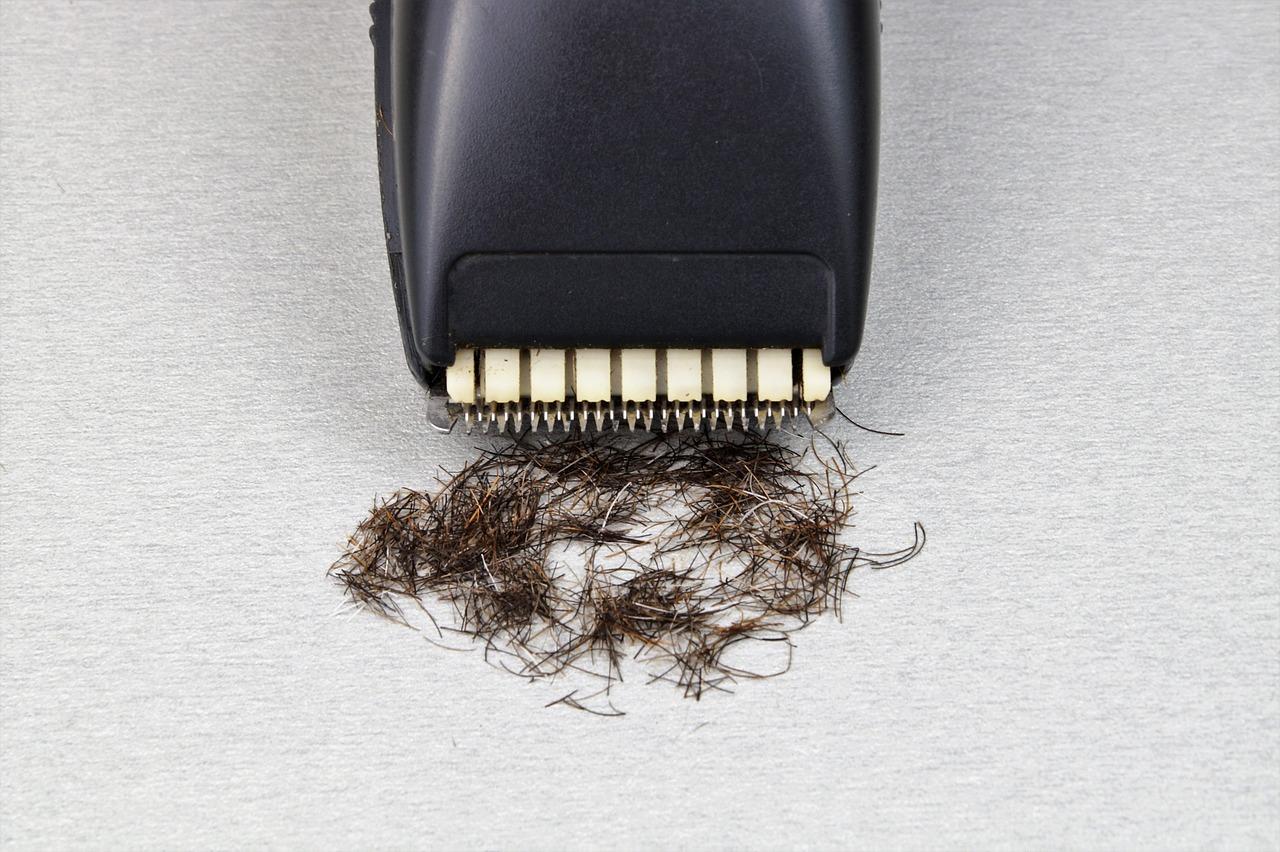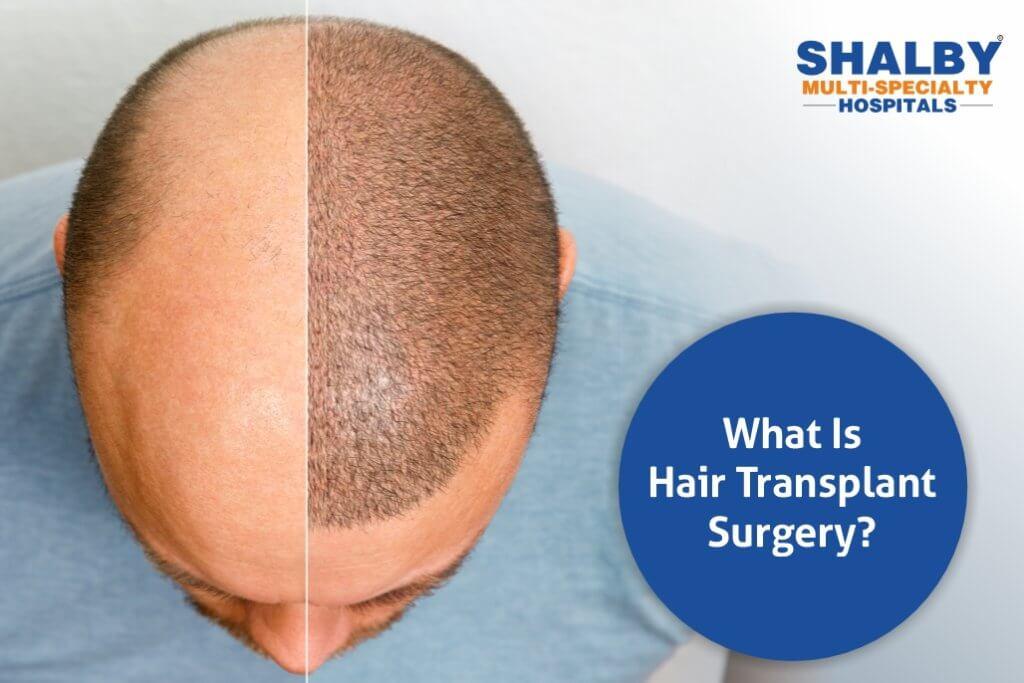in a world where first impressions often hinge on how we present ourselves, the importance of a healthy head of hair can be important. for many, the journey to restoring thinning locks or receding hairlines leads to a seemingly daunting yet transformative procedure: the hair transplant. As this cosmetic solution gains popularity and acceptance,understanding the intricacies of the process is critical. “Hair Transplant 101: Everything You Need to Know before Going Under the Needle” serves as your complete guide, illuminating the pathways to hair restoration. From the fundamental concepts of grafting techniques to the essential pre- and post-operative care, we’ll navigate through the essential knowledge you need to make informed decisions about enhancing your hair—and by extension, your confidence. Whether you’re exploring options or simply curious about advancements in hair restoration, this article will equip you with the insights necessary to embark on your journey with clarity and assurance.
Understanding the Science Behind Hair Transplants
Hair transplants leverage the body’s innate healing and regenerative processes, transforming thinning locks into a fuller mane. At the core of this procedure lies the principle of autologous grafting, which involves harvesting hair follicles from areas of the scalp that are less prone to balding—commonly the back and sides. These robust follicles are then carefully implanted into regions experiencing hair loss, providing a natural appearance as they continue to grow in thier new location.
The science encompasses a careful selection and readiness of hair follicles, frequently enough utilizing techniques such as Follicular Unit Extraction (FUE) or Follicular Unit Transplantation (FUT). Each method has its own complexities and benefits:
- Follicular Unit Extraction (FUE): Less invasive, minimal scarring, ideal for patients seeking shorter recovery times.
- Follicular Unit Transplantation (FUT): Usually involves a strip of hair, may yield a higher density of follicles, but leaves a linear scar.
Understanding the biology behind hair growth is crucial. Hair follicles operate in cycles of anagen (growth),catagen (transition),and telogen (resting). Post-transplant, the follicles enter a temporary resting phase before reactivating and producing new hair.Here’s a simplified view of these phases:
| Phase | Duration | Description |
|---|---|---|
| Anagen | 2-6 years | The active growth phase where hair is formed. |
| Catagen | 2-3 weeks | A short transition phase where hair stops growing. |
| Telogen | 3-4 months | The resting phase before the hair falls out and the cycle restarts. |

Choosing the Right Clinic and Surgeon for Your Procedure
When selecting a clinic and surgeon for your hair transplant procedure, it’s essential to prioritize quality and reliability. Start by assessing credentials and experience. Look for clinics with board-certified surgeons specializing in hair restoration. Consider their experience in performing the specific technique you’re interested in, such as FUE or FUT. Patient reviews can provide valuable insights into their skills and outcomes, so don’t hesitate to search for testimonials and before-and-after photos from previous clients.
Additionally,the clinic’s environment and technology play a crucial role in your overall experience. A modern facility equipped with the latest technology can enhance the effectiveness and safety of the procedure. check for sanitation practices, as a clean and sterile environment minimizes the risk of complications.Make a list of the clinics that meet these criteria and schedule consultations to gauge their professionalism and dedication to patient care.
During your consultations, be prepared to ask specific questions regarding the procedure. Here are a few vital topics to cover:
- Technique Used: Inquire about the hair transplant technique the surgeon specializes in.
- Success Rate: Ask about the clinic’s success rates and how they measure patient satisfaction.
- Post-Procedure Support: Ensure there is a clear plan for post-procedure care and follow-up.
- Cost Openness: Get detailed data about the costs involved, including any potential additional fees.

What to Expect During and After Your Hair Transplant
Embarking on your hair transplant journey can be both exhilarating and daunting. During the procedure, you can expect to find yourself comfortably seated in a clinic designed to make the experience as pleasant as possible. The surgeon will administer local anesthesia to ensure that you remain pain-free. Depending on the technique chosen—whether it’s Follicular Unit Extraction (FUE) or Follicular unit Transplant (FUT)—the procedure may last anywhere from 4 to 8 hours. Here’s what typically happens:
- Preparation: Your scalp will be cleaned, and the donor area will be shaved if necessary.
- Extraction: Hair follicles will be extracted from the donor site, usually the back of your head, using the selected technique.
- Placement: Tiny incisions will be made in the recipient area to implant the harvested follicles.
Post-procedure, it’s normal to experience mild discomfort and swelling around the transplant site. Moast clinics will provide you with specific aftercare instructions,which are crucial for optimal recovery and results. The initial healing phase typically lasts a week.During this period, be aware of:
| Symptom | What to Do |
|---|---|
| Swelling | Apply ice packs gently for relief. |
| Itching | Use prescribed ointment—avoid scratching. |
| Scabbing | Let it heal naturally; do not pick at it. |
The true results of your hair transplant may not be visible until several months after the procedure. Initially, the transplanted hair may fall out (a normal part of the cycle), but with time, new hair growth will emerge, much to your delight. Patience is key, as it usually takes about 6 to 12 months for the full results to be noticeable. As you watch your new hair grow,remember that maintaining a healthy lifestyle and following your surgeon’s recommendations will substantially impact your results.

Tips for Maintaining Your New Hair and Enhancing results
Maintaining the health of your newly transplanted hair is crucial for achieving the desired results. Start with a gentle touch. In the weeks following your procedure, avoid tugging or pulling on your hair when styling or washing. Use a mild, sulfate-free shampoo to prevent irritation and keep your scalp healthy. Regularly moisturize your scalp using natural oils such as coconut or jojoba oil, which can provide essential nutrients and hydration, promoting a conducive environment for hair growth.
Healthy lifestyle choices play a significant role in enhancing your hair’s vitality. Incorporate a balanced diet rich in vitamins and minerals that support hair growth, such as:
- Biotin: Found in eggs, nuts, and whole grains.
- Vitamin E: Present in avocados and seeds.
- Omega-3 Fatty Acids: Available in fish like salmon and walnuts.
Staying hydrated is also vital; aim for at least 8 glasses of water a day to help nourish your hair from within.
Your post-operative routine should include regular visits to your hair specialist. This monitoring will allow your physician to assess your progress and make adjustments if necessary. Furthermore,understanding how to properly care for your hair during the recovery process can maximize your results. Here’s a simple schedule to follow:
| Timeline | activities |
|---|---|
| Weeks 1-2 | Gentle washing,no styling; avoid direct sun exposure. |
| Weeks 3-4 | Introduce light conditioning and scalp massages. |
| Month 2 onwards | Transition to regular hair care products; resume normal styling. |
Closing Remarks
As you embark on your journey into the world of hair transplants,it’s essential to approach this decision with clarity and confidence. Armed with knowledge about the procedures,recovery,and realistic outcomes,you can make an informed choice that aligns with your personal goals and expectations. Whether you’re driven by aesthetics or self-esteem, remember that the road to a revitalized hairline begins with understanding your options and consulting with seasoned professionals.
a hair transplant is more than just a procedure; it’s a commitment to yourself and your appearance. Taking the time to weigh the factors and consider all aspects can lead to rewarding results. So, take a deep breath, do your research, and prepare to step into a new chapter of self-expression. Your journey doesn’t just end with a procedure; it marks the beginning of embracing your unique identity—one strand at a time.
